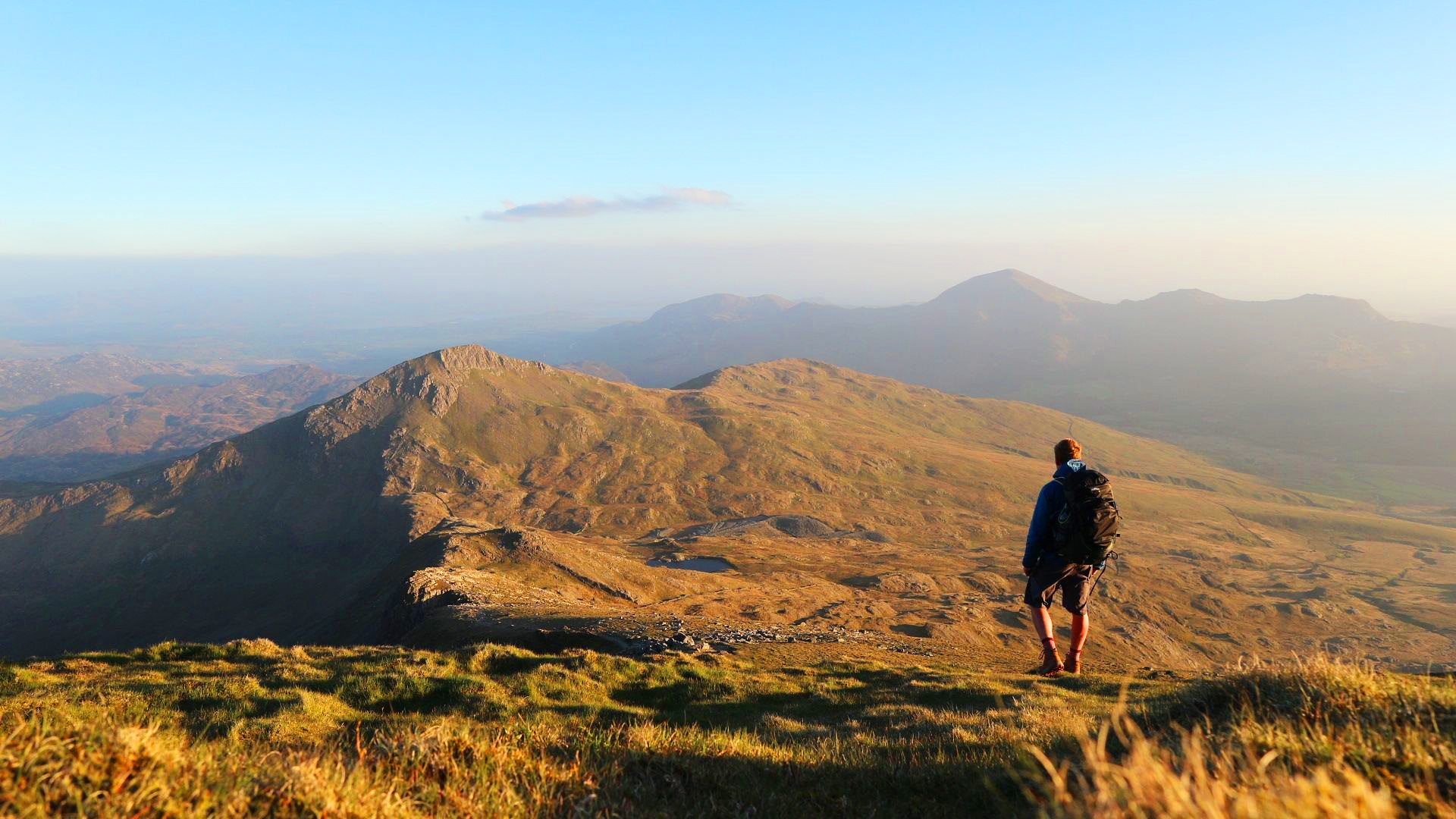In Scotland, camping and rain are synonymous. To avoid the rain entirely, my advice is to sit at home and stay indoors. Anyone I have ever met who loves and enjoys adventures under canvas has their ‘rain’ story, usually involving lack of sleep, soggy toes and a long walk home. My advice for camping in the rain is based on my experiences across many nights in a tent both in Scotland and the infamously wet western fjord of Patagonia. On these adventures I have developed somewhat of a system to deal with long stretches of wet weather, and while I will go into some of these I thought I would also share a few of my own ‘rain stories’ with a critical analysis on how they could have been avoided and improved, we should after all learn from our mistakes.
Choose Your Spot Carefully
Picking a good campsite is essential to staying dry, even the best tents with an extra footprint will eventually sap some moisture from damp ground. On dry days it is important to always assume an unexpected storm may arise. Avoid camping in hollows or on the nice grassy islands between dry river beds and always be aware of the forecast. Particularly in springtime it is important to observe the temperature as well as the rainfall as snowmelt will dramatically swell rivers on thaw days.
Camping in the Rain: Story One
I will never forget cycling along Glen Etive in the rain only to look down to a couple camped near the banks of the river below the road. They were standing outside their tent watching in dismay as a small stream flowed through one tent door and out the other. They had camped on a lovely grassy peninsula directly in the middle of a dry river bed. Dry no more, their gear had floated downstream and their tent was merely a tunnel over the flow. Looking on it was admittedly pretty amusing but for them I imagine it was far from it.
Lessons: If somewhere is dry now don’t always assume it will be later. Not observing the landscape features and how they may have formed, this couple simply saw flat grass and not the channel that caused it in the first place.









